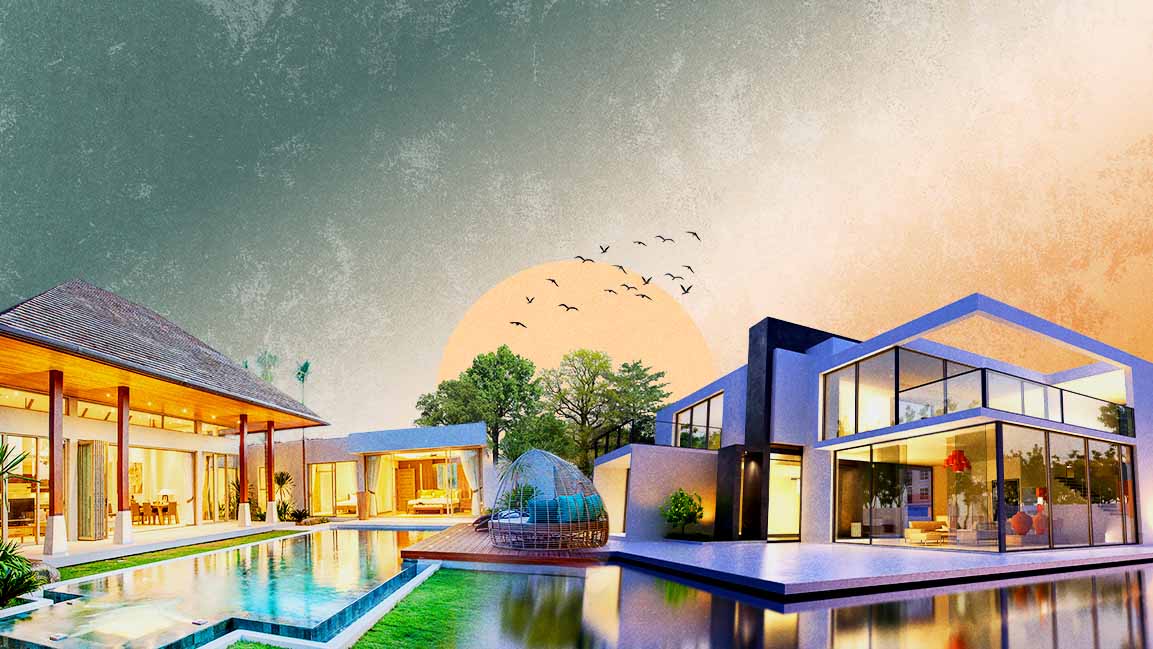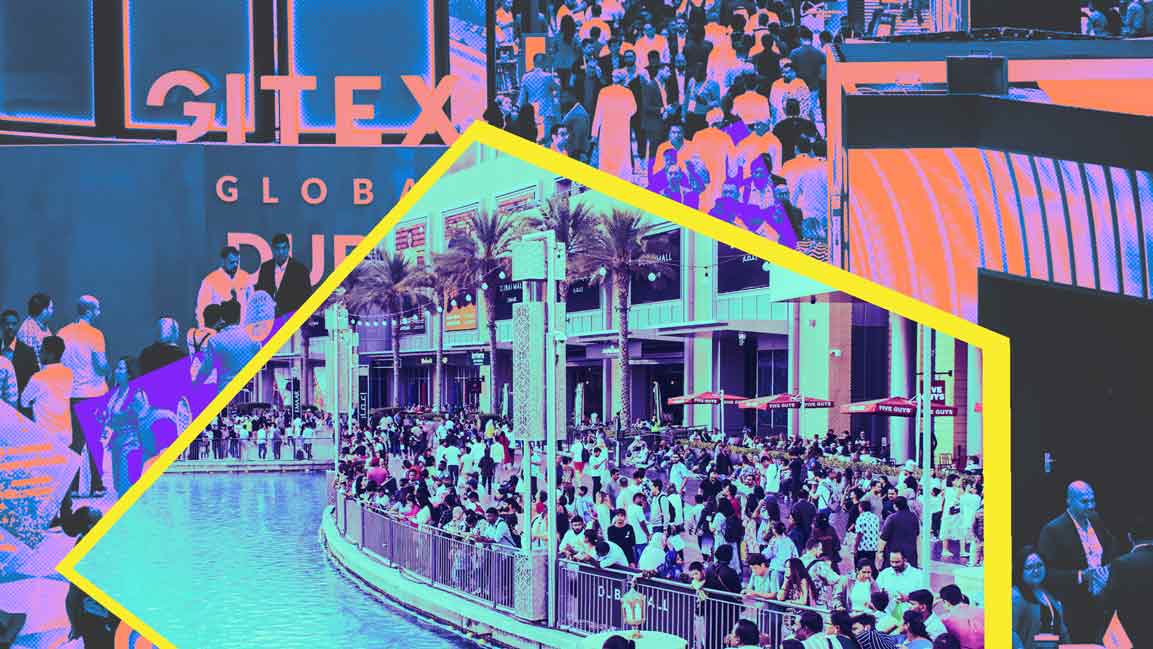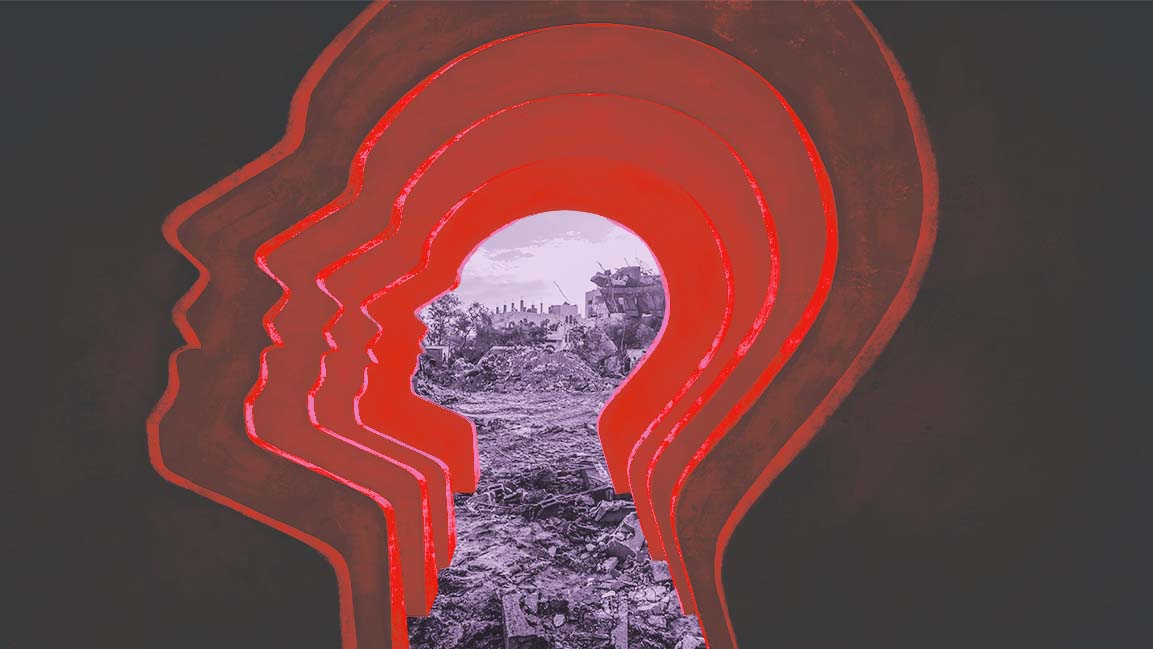- | 9:00 am
What’s driving the surge of ultra-premium luxury real estate in the UAE?
The luxury housing market is poised for sustained growth fueled by robust demand from high-net-worth individuals and affluent domestic buyers.

Imagine stepping into a house that stands as a masterpiece of architecture and design. You’re greeted by a grand entrance featuring expansive glass doors framed by stunning landscaped gardens and sculptures. Upon entering, the vast foyer showcases soaring ceilings adorned with exquisite chandeliers and custom art pieces. An open-concept living space with floor-to-ceiling windows floods the home with natural light and offers breathtaking views. High-end finishes, such as polished marble floors and custom woodwork, are evident throughout.
The ultra-premium luxury real estate market has witnessed a remarkable surge in the Middle East, driven by a growing preference for exclusivity, enhanced lifestyles, and premium living spaces.
Despite global economic uncertainties, there has been a demand for high-end properties in the UAE, offering affluent buyers the long-term value of premium real estate.
This year, the luxury housing market is poised for sustained growth, fueled by robust demand from high-net-worth individuals (HNWIs), and affluent domestic buyers.
A GLOBAL HUB FOR WEALTHY INDIVIDUALS
The Middle East’s strategic location is pivotal in attracting HNWIs worldwide. “The Gulf is equidistant from various parts of the world where many HNWIs, including India, China, and Europe, tend to reside. As a result, many of these individuals purchase their primary home here as it is a short-to-medium-haul flight from their home countries or buy second homes due to the same logic,” says Rosa Piro, Senior Business Development Director at Arada.
Beyond connectivity, the region’s exceptional quality of life further enhances its appeal. Piro points to the Economist Intelligence Unit’s Global Liveability Index, where Abu Dhabi ranks 6th out of 173 countries, and Dubai ranks 8th—leading the regional rankings with the highest score increases worldwide last year.
Mohammed Rafiee, CEO of Richmond, attributes the skyrocketing demand to “the forward-thinking policies enacted by the country’s visionary leadership.”
WHAT’S DRIVING BUYER INTEREST?
Dubai’s residential market has evolved significantly, offering highly curated communities that cater to an international expat population.
According to Knight Frank, the city has developed specialized “destination communities” with quality schools, shopping centers, golf courses, and sports facilities.
More recently, there has been a growing emphasis on wellness-focused properties. “Eighty-eight percent of global HNWIs deem access to parks and greenery essential when evaluating property options in Dubai,” notes a Knight Frank report, highlighting an increased preference for green spaces and wellness amenities. Proximity to healthcare facilities has also become a top priority, signaling a broader shift toward personal well-being.
Rafiee emphasizes the impact of Dubai’s pro-business environment. “The golden visa, tax-free income for individuals, and significant investment into infrastructure and facilities have collectively pushed foreign direct investment to all-time highs over the past three years,” he says.
Beyond these incentives, global geopolitical and socioeconomic factors have cemented the UAE’s status as a safe haven for the wealthy. “The need for a second home post-pandemic, preservation of wealth through asset acquisition, hedging against inflation, ease of travel, and the resilience of specific neighborhoods in maintaining or increasing real estate values have all played a pivotal role in the rapid rise of demand for ultra-luxury homes,” Rafiee adds.
Another compelling factor is affordability relative to other global luxury markets. “Luxury property in Dubai is also far more affordable per square meter than most of the world’s more mature real estate markets,” says Piro. She highlights that while $1 million buys nearly 91 square meters of residential space in Dubai, the same amount would secure only 16 square meters in Monaco, 33 square meters in London, and 34 square meters in New York City, according to Knight Frank.
WHO’S SHAPING THE MARKET
HNWIs and ultra-HNWIs are key drivers in shaping the region’s luxury property landscape. Their demand for exclusivity, privacy, and world-class quality has pushed developers to create landmark residences featuring cutting-edge amenities and personalized services.
According to Mudit Jain, Co-Founder of Arista Properties, Dubai’s reputation as a luxury hub has attracted notable global figures who, in turn, enhance the market’s international appeal. “These high-profile buyers demand landmark residences that serve as a benchmark, attracting further interest from similar affluent circles and driving market growth.”
While HNWIs contribute breadth to the market by acquiring multiple properties in upscale neighborhoods, fostering stability, and driving sustainable returns on investment, Rafiee says. “In contrast, UHNWIs bring depth and prestige, making high-value transactions in major global cities like New York and London. This combination results in a robust and appealing real estate market, attracting expatriates either currently living in the UAE or considering making it their permanent home.”
Significantly, many foreign investors are not purchasing these properties as primary residences but as investment opportunities for rental income or capital appreciation. “The UAE’s tax-free status, currency peg to the US dollar, cosmopolitan population, and even the warm weather continue to make it an attractive destination for global HNWIs,” Piro adds.
A FUTURE DEFINED BY LUXURY
The UAE’s luxury real estate market shows no signs of slowing down. As discerning buyers continue to seek elevated living experiences—marked by unique architectural designs, premium finishes, and expansive spaces—developers are catering to this niche yet highly lucrative segment.
As Sajal Garg, Co-Founder of Arista Properties, says, “The presence and access to world-renowned designers, architects, and interior specialists ensures that properties in the region set international standards for luxury living.”
According to Jain, while the region has emerged as a magnet for the global elite, “There is also an acute demand for high-quality villas, especially bespoke and custom-designed properties, which far exceeds the current market supply.”






































